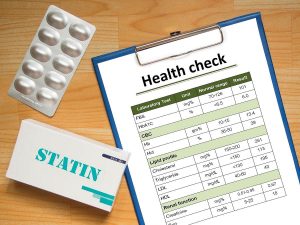
A genetic mutation that boosts cell function could protect people against Alzheimer’s disease, even if they carry another gene mutation known to boost dementia risk. The newly discovered mutation appears to protect people who carry the APOE4 gene, which increases risk of Alzheimer’s, researchers said. The protective mutation causes cells to produce a more powerful version of humanin, a tiny protein that plays an important role in cellular function. Humanin levels are higher in people who have reached the age of 100 despite carrying the APOE4 gene, which predisposes people to early death as well as Alzheimer’s, researchers discovered. Humanin produced by this variant also effectively cleared amyloid beta from the brains of lab mice carrying APOE4, researchers report. “This new study sheds light on resilience genes that help people live longer and partially explains why some people at high risk for developing Alzheimer’s disease are spared,” said senior study author Dr. Pinchas Cohen, dean of the University of Southern California (USC) Leonard Davis School of Gerontology. The gene variant that causes higher levels of humanin is called P3S-humanin, researchers said. This variant is thought to be extremely rare, and is found primarily in people of Ashkenazi Jewish descent, researchers said. Mitochondria, the energy powerhouse of cells, produce humanin to protect against cellular aging and stress, according to a 2023 review in the journal Biology.… read on > read on >
































-300x200.jpg)





